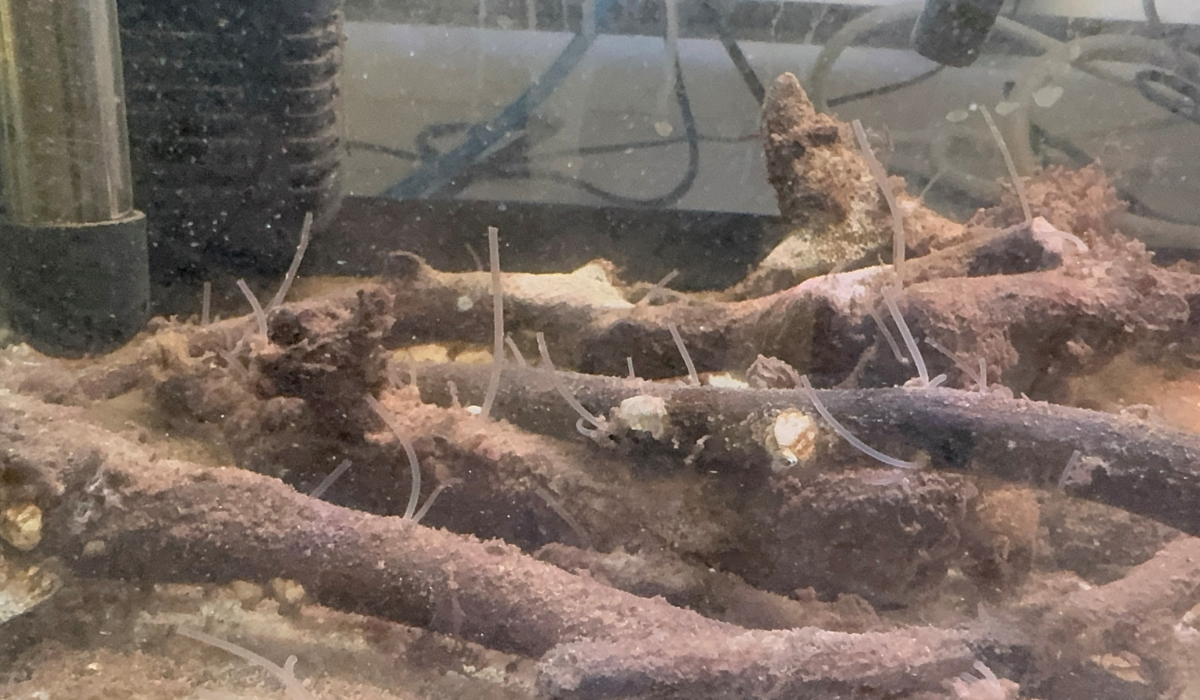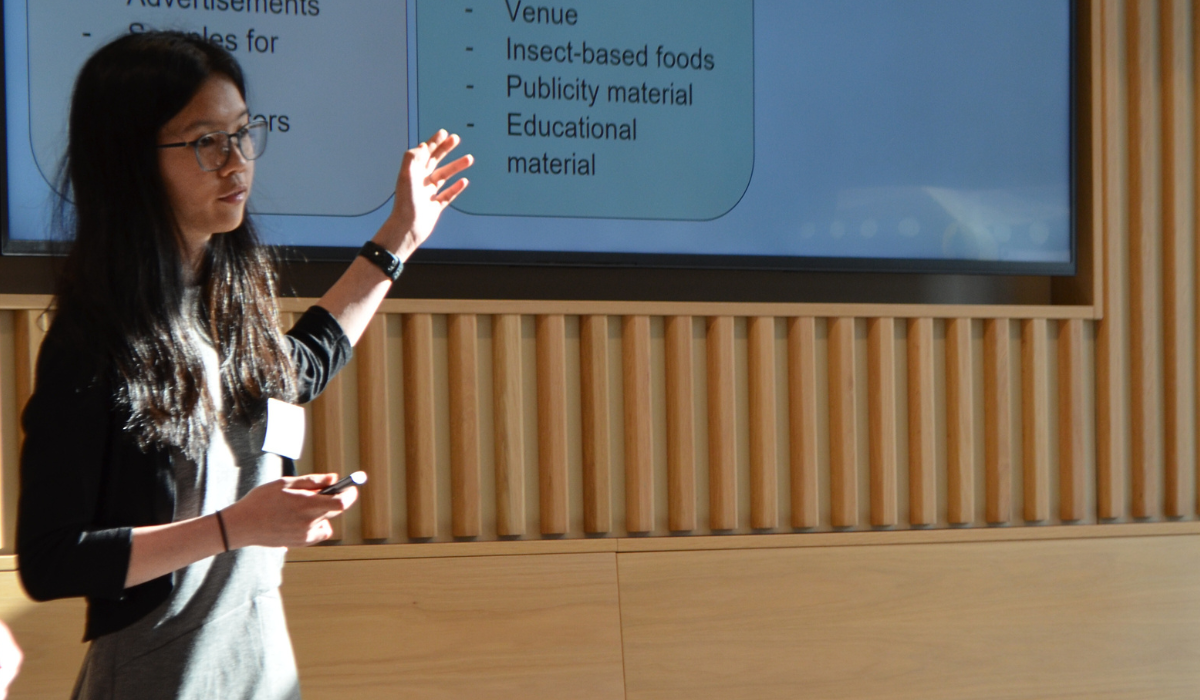Jia Rong Joan Poon’s research was published in the journal Reviews in Aquaculture.
In a world-first discovery with significant implications for sustainable food production, scientists from the University of Cambridge and government experts have completed the first comprehensive global analysis of naked clam growth rates. Crucially, this groundbreaking research includes Lucy Cavendish College undergraduate, Jia Rong Joan Poon, as a co-author.
Their findings, revealing a transformative opportunity for aquaculture and global food security, were published in the journal Reviews in Aquaculture, on Friday 16 May, in a paper titled 'Naked clams: a comprehensive analysis of their global potential for commercial aquaculture'.
Often historically known as 'shipworms' due to their reputation for damaging wooden vessels, naked clams (a type of marine bivalve) have now been quantitatively shown to possess extraordinary growth rates. The study reveals that some species can outgrow traditional farmed seafood like blue mussels at up to three times the speed, reaching astonishing lengths exceeding 1.5 metres. A key finding is their unique ability to thrive by consuming waste wood, removing the need for costly or carbon-intensive conventional feeds required by many other aquaculture species.
This potential had previously been overlooked, with information scattered across various disciplines. The research team, comprising Dr. David F. Willer, Dr. J. Reuben Shipway, and Jia undertook a painstaking search and meta-analysis. They systematically scoured scientific and 'grey' literature, historical shipping records, and engineering reports to compile the first robust global dataset on naked clam biology and growth. This unprecedented approach uncovered vital growth rate patterns and distribution maps across nearly all ocean basins.

"Until now, the potential of naked clams had been hidden in scattered reports across disciplines,' said Dr. David Willer. 'By uniting and analysing this information for the first time, we’ve revealed a remarkable new pathway for sustainable seafood production."
The study highlights a strategic roadmap for developing naked clam farming, potentially at both industrial and smallholder scales – an innovation particularly relevant for communities facing food insecurity.
"We show naked clams could offer incredible yields – with growth of up to 1.5m in length, which is extraordinary,' commented Dr. J. Reuben Shipway. 'This alone makes them a game-changer, and their ability to transform wood waste into nutrient-rich protein fits perfectly with the needs of a sustainable, circular economy'"
"We found that large, fast-growing naked clam species occur naturally across the world’s oceans, highlighting their potential as a truly global solution to food insecurity,' added Jia Rong. “With the right support, naked clam aquaculture could provide sustainable, high-quality protein where it’s needed most.”
Beyond their rapid growth and sustainable feed source, early analyses suggest naked clams are a nutritious food source, rich in protein, Vitamin B12, and beneficial fatty acids. Anecdotal reports even link consumption to improved reproductive health and physical vitality.
This research was supported by The Fishmongers’ Company, Murray Edwards College, and Lucy Cavendish College.




